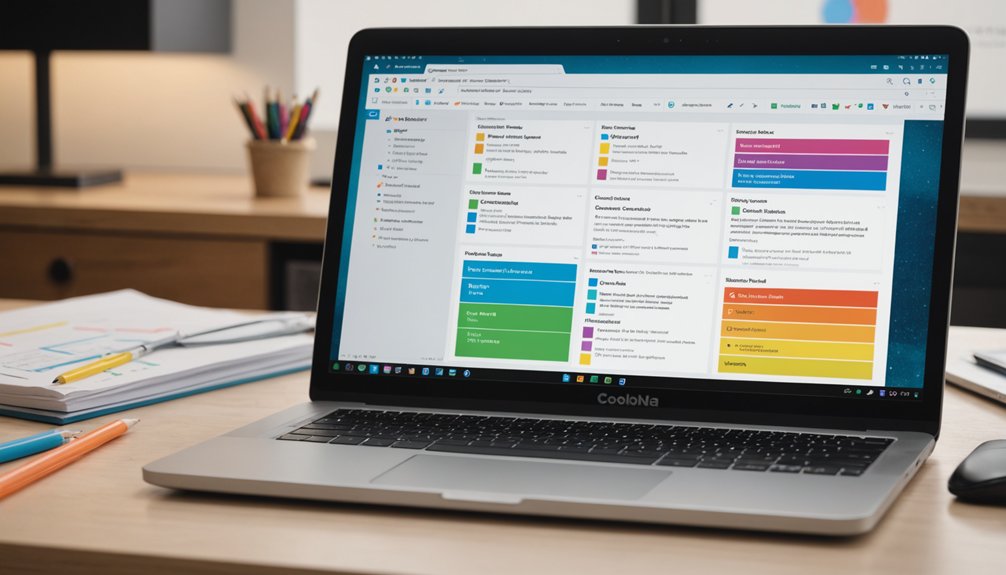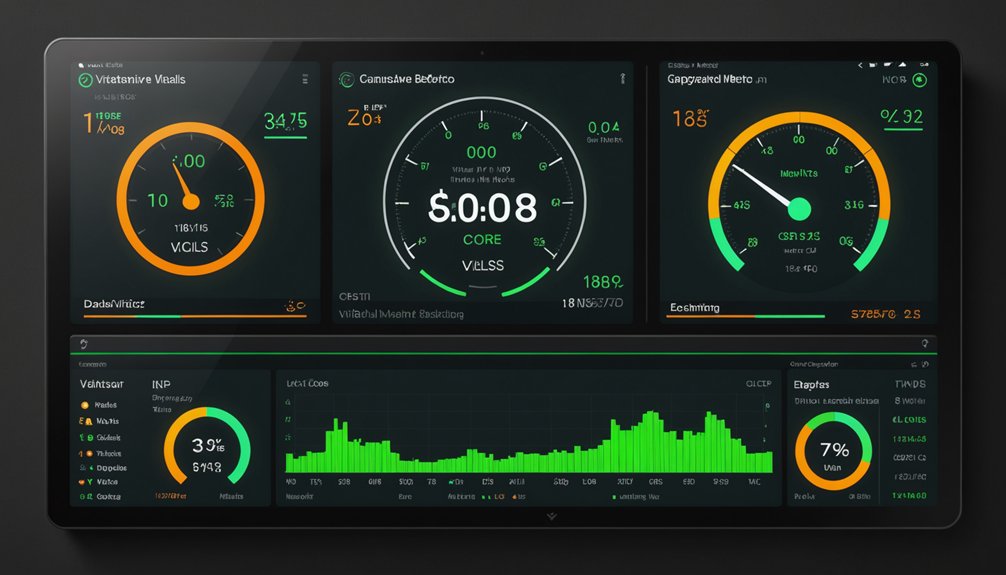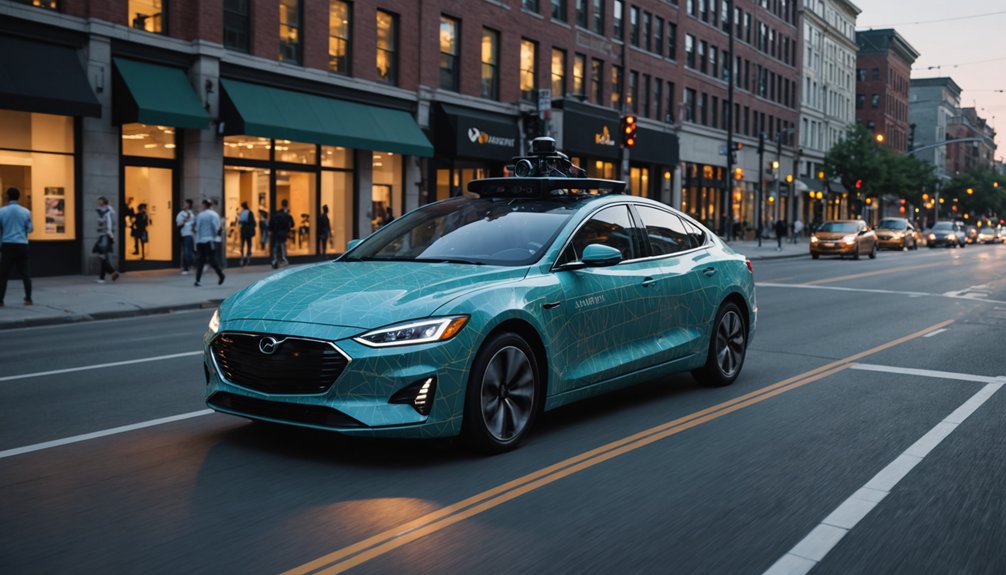Featured snippets favor clear, concise content structured with user intent in mind. Long-tail question keywords work best, especially when answered directly in paragraph, list, or table format. Use question-based headers, maintain an objective tone, and keep brand mentions minimal. Schema markup helps, as does visual content with descriptive alt text. Regular updates matter too. Position matters—optimizing content already ranking in the top five yields better results. The techniques below offer the complete roadmap to snippet domination.

The battle for search visibility has a new champion: featured snippets. These coveted positions—those answer boxes at the top of search results—aren’t just random. They’re strategic real estate, and everyone wants in. Getting there requires precision, not luck.
Keyword research sets the foundation. Long-tail phrases win this game, especially question-based queries. “How to improve website ranking on Google” beats generic terms every time. Tools like SEMrush help identify these opportunities. The secret? Align with actual user intent, not just keyword volumes. Users ask questions. Answer them. Using topical clusters helps establish content authority and improves snippet chances.
Success in featured snippets begins with strategic keyword selection. Target what users actually ask, not what you think they should.
Structure matters. A lot. Featured snippets love clear, concise content. Direct answers get featured; meandering explanations don’t. Period. Question-based headers signal relevance to search engines. Schema markup enhances visibility further. Match your content to the snippet format you’re targeting—paragraph, list, or table. Each has its place.
Objectivity is non-negotiable. Drop the brand names. Forget first-person language. No “we believe” or “I recommend”—just facts. Third-person, neutral tone works best. Google wants encyclopedia entries, not sales pitches. Facts win. Opinions lose. Social media signals increasingly influence search rankings and authority in 2025.
Visual elements boost engagement. Tables for comparisons. Lists for steps. Images with descriptive alt text. These aren’t just pretty—they’re functional. They help search engines understand what you’re communicating. Implementing proper structured data markup can significantly improve your chances of earning a table or list snippet position.
Freshness counts. Outdated content gets ignored. Keep information current, relevant, and aligned with search trends. Seasonal updates matter too. What works in December fails in June.
Focus optimization efforts on content already ranking in the top five positions. These have the best shot at snippet placement. Iterate continuously. What doesn’t work today might work tomorrow with proper tweaking.
Voice search compatibility requires natural language patterns. People speak differently than they type. Accommodate both.
Featured snippets aren’t magic. They’re methodical. Strategic. Deliberate. Master these techniques, and that coveted position zero could be yours. No guarantees though. Search is brutal like that.
Remember that featured snippets capture approximately 35% of all clicks in search results, making them invaluable for driving organic traffic to your website.
Frequently Asked Questions
How Long Does It Take for a Featured Snippet to Appear?
Featured snippets don’t have a fixed timeline.
Could be days, weeks, or months. Depends on factors like content quality, ranking position, and Google’s algorithm updates.
You need to be on page one first—that’s non-negotiable. Even then, it’s unpredictable.
SEO tracking tools help monitor changes, but there’s no magic schedule. Content might need multiple tweaks to match what Google wants.
Patience required. No guarantees.
Can Videos Appear in Featured Snippets?
Yes, videos can appear in featured snippets. They show up as “Featured Clips,” typically pulled from YouTube.
Perfect for how-to searches and tutorials. These clips automatically start at the relevant timestamp—no need to watch the whole thing.
They’re visual answers without clicking through. Google loves them for instructional content where seeing beats reading.
Videos in snippets boost visibility and engagement. Pretty convenient, actually.
Do Featured Snippets Affect Click-Through Rates Negatively?
Featured snippets can be a double-edged sword for click-through rates.
Sure, they sometimes lead to “no-click searches” when users get their answer right in the SERP. That’s a bummer.
But the data tells a different story overall. Featured snippets actually boost CTRs compared to regular results, establish authority, and serve as valuable touchpoints.
The visibility at the top of search results? Worth its weight in gold.
Will Google Always Choose the Top-Ranking Result for Snippets?
No, Google doesn’t always pick the top-ranking result for snippets.
Weird, but true. They’re after relevance, not just position. A page hanging out at #5 might nail the answer better than the big shot at #1.
Google’s algorithms are picky like that. They test different sources constantly, hunting for the clearest, most direct response to user queries.
SERP ranking helps, sure—but it’s not everything.
Can I Opt Out of Having My Content Appear as Snippets?
Yes, website owners can opt out of featured snippets. Google offers multiple methods: the “nosnippet” meta tag prevents all snippets, “max-snippet” limits character count (set it low), and “data-nosnippet” excludes specific content sections.
These aren’t foolproof, though. Opting out has consequences—potential traffic loss since snippets often boost click-through rates.
Many SEOs actually prefer optimization over exclusion. The choice depends on content goals.




